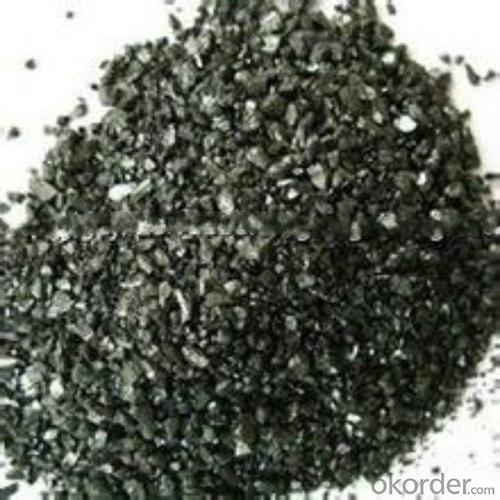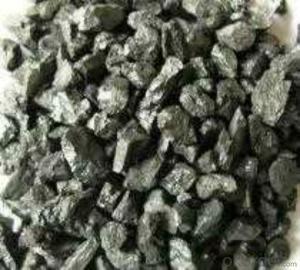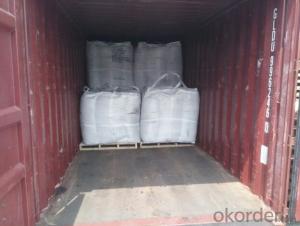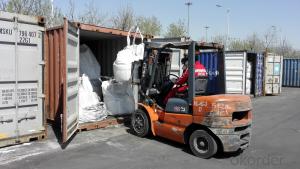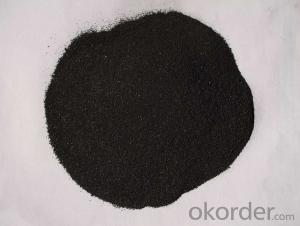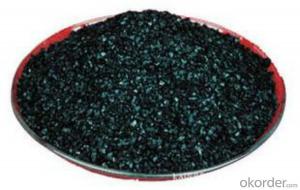Low Sulphur Calcined Anthracite Coal as charging coke
- Loading Port:
- Tianjin
- Payment Terms:
- TT OR LC
- Min Order Qty:
- 19.8
- Supply Capability:
- 10000 m.t./month
OKorder Service Pledge
OKorder Financial Service
You Might Also Like
Introduction
Calcined Petroleum Coke comes from delayed coke which extracted from oil refinery. Although Calcined Petroleum Coke contains a little bit higher level of sulfur and nitrogen than pitch coke, the price advantage still makes it widely used during steel-making and founding as a kind of carbon additive/carburant.
Features
Carbon Additive is becoming more and more popular in the steel industry..
The main raw material of our Carbon Additive is Ningxia unique high quality Taixi anthracite, with characteristic of low ash and low sulfur. Carbon additive has two main usage, fuel and additive. When being used as the carbon additive of steel-smelting, and casting, the fixed carbon may achieve above 95%.
Best quality Taixi anthracite as raw materials through high temperature calcined at 1200-1250 ℃ for 24 hours by the DC electric calciner with results in eliminating the moisture and volatile matter from Anthracite efficiently, improving the density and the electric conductivity and strengthening the mechanical strength and anti-oxidation, It has good characteristics with low ash, low resistivity, low carbon and high density. It is the best material for high quality carbon products, it is used as carbon additive in steel industry or fuel.
Specifications
PARAMETER UNIT GUARANTEE VALUE | |||||
F.C.% | 95MIN | 94MIN | 93MIN | 92MIN | 90MIN |
ASH % | 4MAX | 5MAX | 6MAX | 7MAX | 8MAX |
V.M.% | 1 MAX | 1MAX | 1.5MAX | 1.5MAX | 1.5MAX |
SULFUR % | 0.5MAX | 0.5MAX | 0.5MAX | 0.5MAX | 0.5MAX |
MOISTURE % | 0.5MAX | 0.5MAX | 0.5MAX | 0.5MAX | 0.5MAX |
Pictures
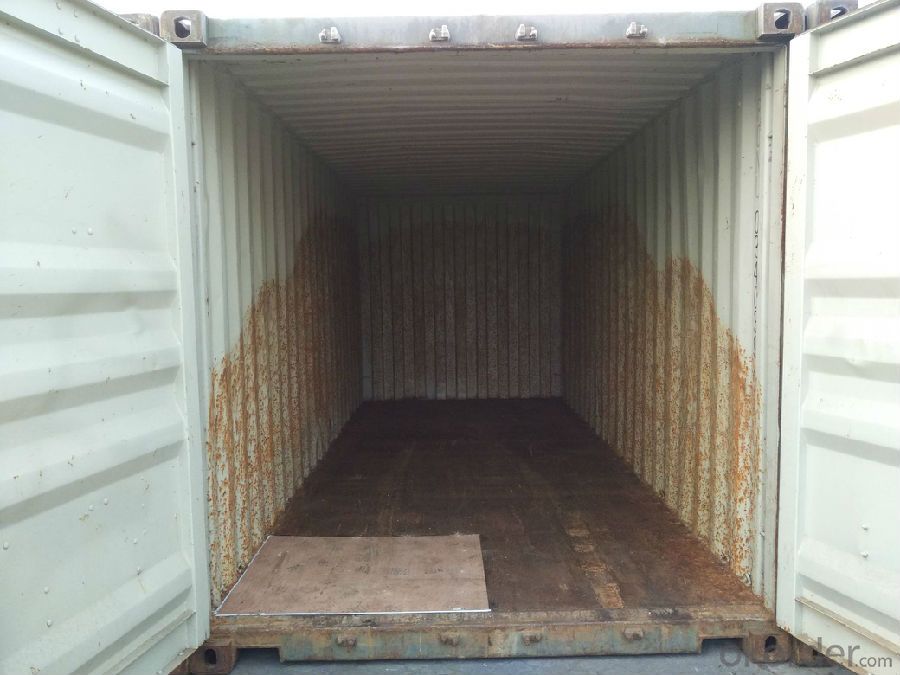

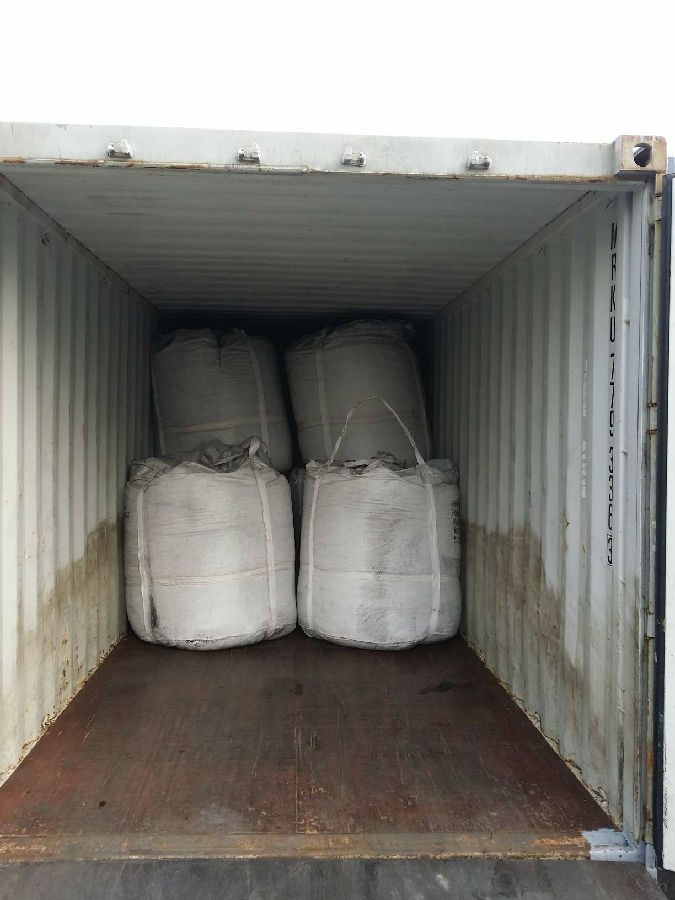
FAQ:
1. What is the packing?
In 25kg bag/ In jumbo bags without pallet/ Two jumbo bags with one pallet/ or as customers’ request
2. What is the production capacity?
10 thousand tons per month
3 What is payment term?
Irrevocable LC at sight/ 20% down payment by T/T and 80% against BL copy byT/T/ or to be discussed
4 What is the service?
We will send sample to the third party(CIQ, CCIC, SGS,BV or to be discussed) for checking, and present the test certificate and loading repot of shipment.
- Q: How does carbon affect the formation of acid rain?
- The formation of acid rain is not directly influenced by carbon. Instead, it is mainly caused by the release of sulfur dioxide (SO2) and nitrogen oxides (NOx) when fossil fuels like coal and oil are burned. However, the emission of carbon dioxide (CO2) from the burning of these fuels contributes to climate change and indirectly impacts the formation of acid rain. The rise in atmospheric carbon dioxide levels leads to the trapping of heat, resulting in global warming. Consequently, this alters weather patterns and increases the frequency and intensity of extreme weather events. These alterations can affect the formation of acid rain by changing how sulfur dioxide and nitrogen oxides disperse. Furthermore, when fossil fuels are burned and release carbon dioxide, they also release sulfur dioxide and nitrogen oxides as byproducts. When these gases react with water, oxygen, and other chemicals in the atmosphere, they can be converted into sulfuric acid and nitric acid respectively. The increased combustion of fossil fuels, due to higher carbon dioxide emissions, can lead to a greater release of sulfur dioxide and nitrogen oxides into the atmosphere, exacerbating the formation of acid rain. Therefore, while carbon dioxide itself does not directly contribute to acid rain formation, its emissions indirectly contribute by amplifying the release and dispersion of sulfur dioxide and nitrogen oxides. To mitigate the formation of acid rain and its adverse effects on the environment and human health, it is crucial to reduce carbon dioxide emissions, as well as sulfur dioxide and nitrogen oxide emissions.
- Q: How about Zonta carbon technology
- Never go, unless you are a bully, and will mix, inside mess
- Q: When is gold resistance better? When will carbon resistance be better?
- The gold resistance is of high accuracy, but the price is high. The resistance value of the carbon resistor is low, but it is cheap!
- Q: What is carbon fixation?
- Living organisms, particularly plants and algae, convert atmospheric carbon dioxide (CO2) into organic compounds through carbon fixation. This process is crucial for sustaining life on Earth and is an integral part of the natural carbon cycle. Through photosynthesis, green plants utilize sunlight, water, and CO2 to generate glucose and oxygen. Glucose acts as a foundational component for various organic molecules like carbohydrates, lipids, and proteins. Carbon fixation not only supports plant growth and development but also maintains a proper balance of atmospheric CO2 levels. It aids in the mitigation of the greenhouse effect by extracting CO2 from the atmosphere and storing it in biomass or soil. Moreover, carbon fixation serves as an essential source of energy and nutrients for other organisms that consume plants or algae. Ultimately, carbon fixation is a fundamental process that contributes to the stability and functionality of ecosystems and holds significant implications for climate change and the global carbon cycle.
- Q: What's the difference between blue and red Panasonic batteries (carbon)?
- Blue is leak, proof, general, Purpose, general use battery (leak proof)Red is the long life long life battery (suitable for watches and clocks and other small power appliances)And heavy duty green seems to be good for high power appliances, such as toy cars
- Q: What are the impacts of carbon emissions on indigenous communities?
- Indigenous communities are greatly affected by carbon emissions, which have significant impacts on their environment, culture, health, and overall well-being. One of the main consequences is the degradation of their traditional lands and natural resources, which are crucial for their livelihoods, including hunting, fishing, and agriculture. The increase in carbon emissions leads to climate change, resulting in changes in temperature, weather patterns, and ecosystems. This disrupts the delicate balance of their ecosystems and makes it more challenging for them to sustain their way of life. The loss of traditional lands and resources also has profound cultural implications for indigenous communities. Their connection to the land is deeply rooted in their identity and spirituality. When their lands are degraded or destroyed due to carbon emissions, it erodes their cultural practices, knowledge, and traditions. This loss of cultural heritage affects not only indigenous communities but also the global society, as their unique knowledge about sustainable land management and conservation practices can offer valuable insights for addressing climate change and protecting the planet. Moreover, carbon emissions contribute to air pollution, which severely impacts the health of indigenous communities. Many indigenous communities live near industrial facilities or fossil fuel extraction sites, leading to increased exposure to pollutants such as particulate matter, sulfur dioxide, and nitrogen oxides. These pollutants cause respiratory illnesses, cardiovascular diseases, and other health issues, disproportionately affecting vulnerable members of these communities, including children and the elderly. In addition to immediate health impacts, the long-term consequences of carbon emissions, such as rising sea levels and extreme weather events, pose further threats to the existence of indigenous communities. Many indigenous communities reside in low-lying coastal areas or remote regions that are more susceptible to the effects of climate change, including coastal erosion, flooding, and loss of traditional food sources. These changes not only disrupt their way of life but also force them to consider relocation, resulting in the loss of their cultural identity and connection to their ancestral lands. Addressing carbon emissions and mitigating climate change is crucial for the well-being and survival of indigenous communities. It involves recognizing their rights to their traditional lands, resources, and self-determination, as well as involving them in decision-making processes regarding environmental conservation. Supporting sustainable development projects that prioritize local needs and indigenous knowledge can help foster resilient communities that can adapt to the changing climate. Ultimately, by reducing carbon emissions and protecting the environment, we can preserve the cultural diversity and invaluable contributions of indigenous communities for future generations.
- Q: How does carbon dioxide affect the health of marine organisms?
- Carbon dioxide can have significant impacts on the health of marine organisms. When carbon dioxide is absorbed by seawater, it undergoes a chemical reaction that causes the water to become more acidic. This process is known as ocean acidification. Ocean acidification interferes with the ability of many marine organisms to build and maintain their shells and skeletons. For instance, corals, oysters, and other shellfish rely on calcium carbonate to form their protective structures. However, under more acidic conditions, the availability of carbonate ions decreases, making it harder for these organisms to calcify. This can lead to weakened shells, reduced growth rates, and increased vulnerability to predation and disease. Furthermore, ocean acidification can also disrupt the reproductive and developmental processes of marine organisms. For example, some studies have shown that increased CO2 levels can affect the ability of fish to locate their preferred habitats, find mates, and successfully reproduce. Additionally, some species of fish and invertebrates have been found to exhibit altered behavior and impaired sensory functions under high CO2 conditions. In addition to these direct effects, ocean acidification can also have indirect consequences for marine organisms by disrupting entire ecosystems. For instance, the decline in coral reefs due to reduced calcification can have cascading effects on the whole reef ecosystem, impacting the biodiversity and productivity of these important marine habitats. Overall, the increasing levels of carbon dioxide in the atmosphere are not only contributing to global climate change but also leading to ocean acidification, which poses significant threats to the health and survival of many marine organisms. It is crucial to address and mitigate the causes of carbon dioxide emissions in order to protect the delicate balance of our oceans and the diverse range of species that depend on them for their survival.
- Q: Made of high strength structural partsThe market quality of the carbon fiber plate is too much, the price is low, do not know how to choose. A knowledgeable friend can introduce larger enterprises? The quality of the carbon fiber board produced must be better and the performance should be stable!
- You are not for the prestressing bar, if you find the building reinforcement for Tianjin Beijing card, if you do the structure reinforcement for Jiangsu and Wuxi via the new material industry, these are relatively well-known.
- Q: How do you make your own carbon fiber bar?Know. ID is how to make? Don't copy anything that has nothing to do with it
- Carbon fiber rods, generally used in fishing rods, medical and construction fields, the molding process is pultrusion.Pultrusion: traction carbon fiber yarn (carbon fiber yarn is usually 12K, 24K based) impregnated epoxy resin, by heating 130 degrees or so, high temperature curing molding.Specific molding process can be consulted.
- Q: other parameters are figured out, the difference is only in the carbon and carbon is not very clear, just know that they are winding mode is the opposite, there are two kinds of most printers can be used, what is the difference between the performance of them? Two can use the printer in the selection of the best carbon or carbon? Why? Please cite several models as an example.Please answer in your own words. Don't factor,
- SATO machine with carbon is better, and the CITIZEN printer inside and outside carbon can be used, in addition to machine limitations, not what the difference is too big, the quality of internal and external carbon ribbon is the same.
Send your message to us
Low Sulphur Calcined Anthracite Coal as charging coke
- Loading Port:
- Tianjin
- Payment Terms:
- TT OR LC
- Min Order Qty:
- 19.8
- Supply Capability:
- 10000 m.t./month
OKorder Service Pledge
OKorder Financial Service
Similar products
Hot products
Hot Searches


